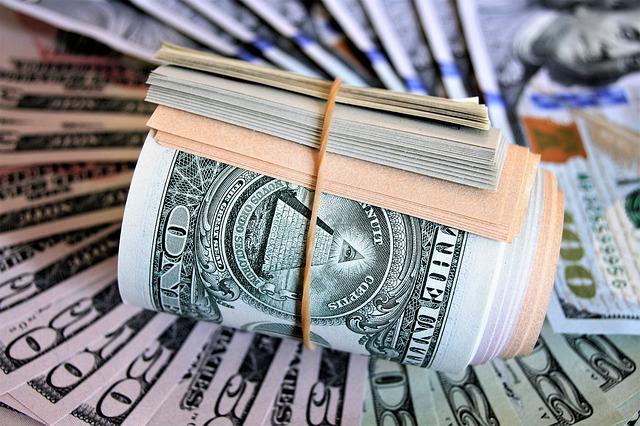On Friday, the value of the United States Dollar remained stable at a level that had not been seen in 20 years, despite a widespread wave of risk aversion that swept through global markets. Traders were toying with the possibility that the Federal Reserve might raise interest rates by 100 basis points later this month.
A deluge of negative news over the previous day and a half impacted the mood, which led to the decline in the value of risky currencies such as the Australian Dollar and the British pound.
As the earnings season for U.S. banks started on a weak note, China’s growth in the second quarter tanked more than was expected. Italy faced a new political crisis; the Dollar rose to its highest levels since September 2002, above 109, against a basket of its competitors. This occurred at the same time that the Dollar reached its highest level since September 2002.
“A stabilization in the dollar around present levels is probable today,” analysts from ING wrote in a note. “However, we continue to highlight: a) limited headroom for a correction; b) a balance of risks remaining slanted to the upside in the short term.”

After data released on Wednesday showed that consumer price inflation in the United States was racing at the fastest pace in four decades, traders ramped up their bets that the Federal Reserve would go for a super-sized tightening at their meeting on July 26-27. As a result, the greenback was on track for its third week in a row of gains.
These wagers were reduced when the Federal Reserve Governor Christopher Waller and the President of the Federal Reserve Bank of St. Louis, James Bullard, both said that they favored another rate increase of 75 basis points for this month, despite the inflation data.
After falling below parity for a second day on Thursday, the Euro clawed its way back and traded at $1.0026 on Friday.
After the president of Italy rejected Mario Draghi’s offer to resign as prime minister, the single currency’s value fell as low as $0.9952 per unit. Draghi’s offer to resign was the catalyst for the drop.
The Chinese yuan remained at its lowest level versus the Dollar in two months. They seemed to be on track for its worst weekly slide since May as dismal data fueled questions about China’s ability to achieve its economic growth objective for this year.

